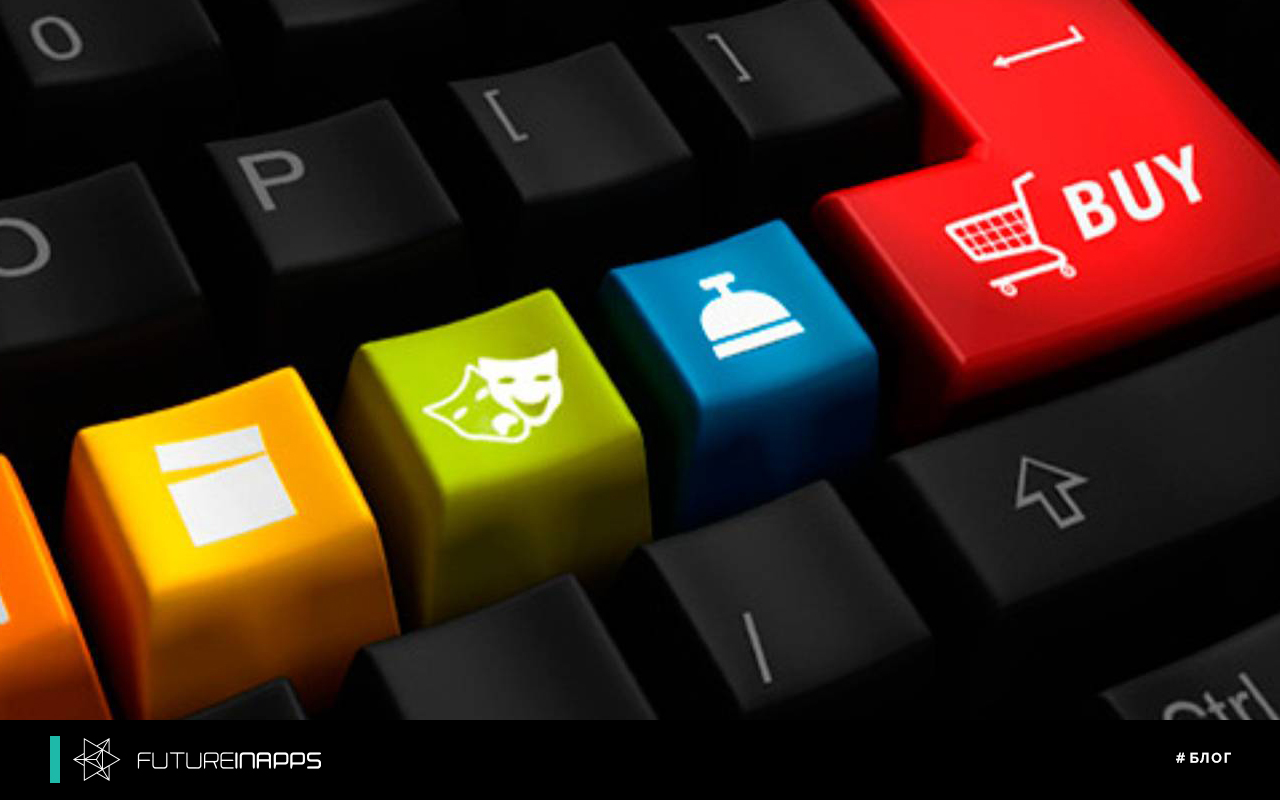All sites are unique in their own way.
We are seeing trends in e-commerce website design such as animation, 360-degree product preview, advanced filtering, and dynamic product search.
However, trends do not guarantee conversion or reliable user experience. There are certain points, respecting which each e-commerce site can remain relevant and competitive.
1. User friendly
Simplicity must be the goal of good design, and you don’t need to sacrifice elegance to achieve it.
In fact, research shows that 76% of consumers say that the most important characteristic of the site is ease of use.
The goal is to help buyers quickly get what they want. Online sellers have minutes, if not seconds, to make a sale. Focus on user experience by providing shopping categories, filters, and comparison options.
To make your e-commerce site more user-friendly, consider the following:
• Improve your search functionality with the auto-fill option.
• Create effective visual navigation.
• Pre-fill forms
E-commerce sites must be a competitive advantage.
2. Mobile site
Mobile purchases account for 50% of online transactions.
Thanks to a responsive website, content intuitively adapts to any device to ensure maximum usability.
Walmart increased sales from mobile devices by 98% after optimizing its mobile site.
And Intelligentsia has created a better shopping experience on mobile devices, leading to an increase in mobile transactions by 16%.
It doesn't matter if you have millions of product pages or five.
Creating a convenient mobile application for your customers will improve sales and, possibly, your rating.
3. Photos and videos in high resolution
Gone are the days of posting a single photo with several items and a price tag.
Buyers want to see different perspectives and people using the product in different conditions. They want to be able to scale up and feel the product.
Technical solutions for images are very important. According to Adobe, for images that do not load or are loaded for too long, the consumer reduction rate will be 39%.
And we are not only talking about professional photos. Vanity Planet found that adding Instagram photos to their product pages increased views by 24%.
E-commerce websites should display multiple photos for each product. Photos must be high resolution and optimized for page loading.
4. User reviews
Buyers read reviews. About 95% of them.
And 57% of consumers will use the business only if it has 4 or more stars.
You might think that negative feedback is a sales killer. In fact, the opposite is true.
Having negative feedback can often be a positive thing. It has been shown that products without negative reviews are considered censored, and, in turn, buyers will find that positive reviews are fake.
Depending on the functionality of the websites, e-commerce sites may use plug-ins from the most popular survey platforms, including Foursquare and Facebook.
Far-sighted e-commerce sites use reviews as user-generated content to attract public attention and attract fans.
5. Special offers
Most e-commerce sites promote special offers using standard marketing methods — via email, social media, text messaging, etc.
The next level e-commerce sites use the site’s features and publish special offers in the headlines.
When buyers realize that they are getting a special deal, it encourages them to buy more and spend more time searching the site.
If e-commerce sites use regular promotions, and even select a menu item and page for this, this will not only increase sales, but also improve SEO.
6. Wish lists
Shop, save and share!
E-commerce sites that do not use wish lists leave revenue.
What could be better than having customers on the lists of products they want and most likely buy in the future? This is just a dream remarketing campaign.
It is also an opportunity to share the brand with new customers. When shoppers share their wish lists with family and friends, it sends free traffic with embedded social proof to the website.
7. Find in the store
Sometimes you do not want to wait for the delivery of goods. You want instant gratification.
Many people like to learn about the product on the Internet before ordering its delivery, they are also interested in the availability of this product in the offline store, so as not to wait. This makes it incredibly useful icons in which local stores have products in stock.
